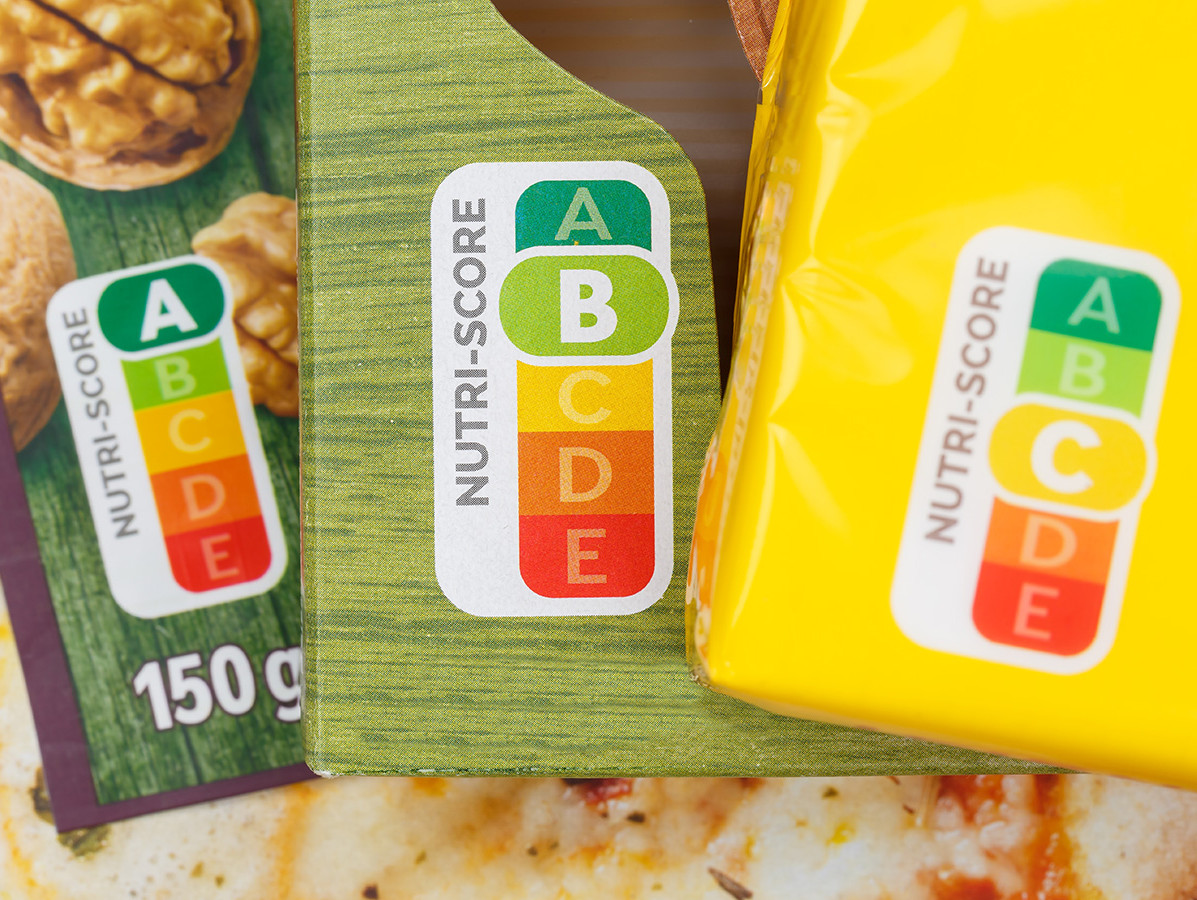
Elke Godden (Antwerp University) investigated the motivations and strategies behind our choices in the supermarket - and also took a closer look at the usefulness of the Nutri-Score, her research shows that it does not have the desired effect for everyone.
Researchers from the University of Antwerp conducted a study among 1156 people and had them choose between two products each time. It involved two types of yoghurt, orange juice, crisps and granola. But the comparable products always differed in four areas: price, brand, nutrition claim (e.g. "0% fat!" or "source of fibre") and Nutri-Score. By abstraction of all the choices, the researchers were able to measure how important all the attributes were to the participants.
In terms of Nutri-Score, there are three types of shoppers. The first group consists of half of the consumers. They deliberately choose the healthiest product available. For them, a product that changed from a Nutri-Score C to B suddenly turned out to be much more attractive. The second group consisted of 20% of supermarket shoppers. They usually choose an A-brand, even when the Nutri-Score is lower. The remaining 30% choose the least healthy product option.
Elke Godden: "The decisions of group three seem strange, but they are probably based on their intuition that healthy food is not tasty. Furthermore, this group also looked very strongly at price, much more so than the other groups."
With the European Union engaged in a debate over whether a nutrition label should become mandatory across the EU, the researchers say it should take this mindset into account. "If a significant proportion of shoppers believe that healthy products taste bad, placing a health rating on the packaging is likely to lead to unhealthy choices," says Godden. Furthermore, Nutri-Score remains confusing for consumers because it does not compare the health of the products themselves, but of products within a certain category.
Image: ©Markus Mainka/Shutterstock.com
Source: Universiteit Antwerpen